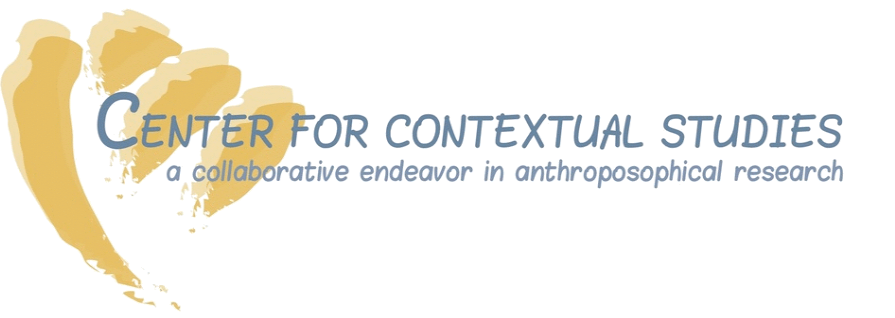Another thread that weaves through Steiner’s entire approach to education also appears in his first introductory lecture. This has to do with the riddle that arises when we attempt to think through the details of the way soul and spirit interact with and permeate the physical/etheric organization. The initial picture that Steiner gives us is that at conception the soul/spiritual essence of the human individual “clothes themself with earthly existence”. Soul and spirit enter into relationship with a life-imbued physical body. The bodily organism belongs to the earth. It provides the context the soul/spiritual organism needs to enter into relationship with what the earth brings to meet us. It is only thanks to the fact that we are bodied beings that we are able to participate with and thus learn from what being on earth has to teach us. The primary task of education is to help the child to body well. In Steiner’s words: “to bring the soul/spiritual into harmony with the life-imbued physical organism”.
In this introduction, Steiner highlights two aspects of embodiment that are essential for the teacher to be conscious of. The first is breathing, the second is the rhythm between sleeping and waking.
In addressing the question of breathing, Steiner distinguishes between breathing’s relationship to neuro-sensory processes, its relationship to gas metabolism, and the rhythm of breathing itself. The latter is something to which we tend to pay less attention. For the teacher, however, it is of primary importance. Our breathing rhythm changes constantly. This change reflects the way we are engaged with the world around us, with the people we meet, with what we are engaged in doing. It is in constant flux. This rhythmic mobility is the bodily expression of our feeling relationship to what we are experiencing. Each feeling state brings about subtle changes in the amplitude and frequency of our in- and out-breaths. The more sublime feelings of reverence and love come to expression in a well-balanced, harmonious rhythm, whereas fear and anxiety lead to a shallow quick rhythm with emphasis on the in-breath. Awe and wonder accentuate the out-breath.
This constantly shifting flux of rhythms is carried over into the entire body. An understanding of the details leads us to a deep sense of the wisdom of human anatomy and physiology. Reverence for the wonders of the human body allows us to glimpse the way each child inhabits the world through his or her body. Red cheeks and warm hands are the bodily expression of healthy soul breathing.
Jon McAlice
